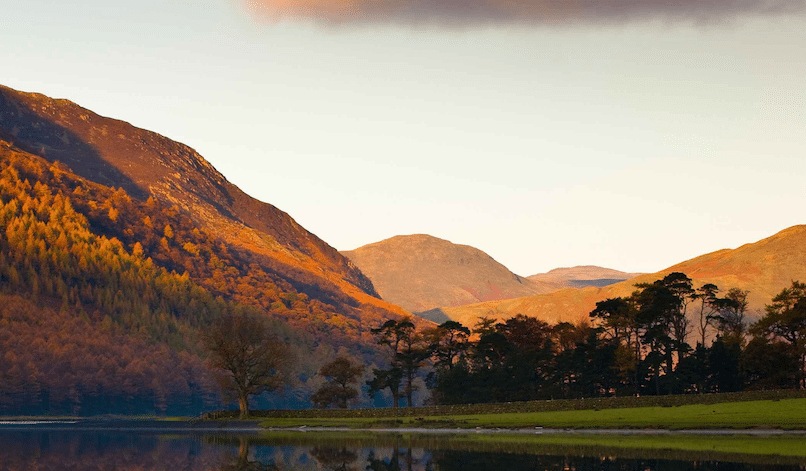Visit Britain Has a New Marketing Campaign, But Deal-Seekers Were Coming Anyway

Skift Take
Sometimes you have good luck and sometimes you have good timing. And sometimes you have both. Visit Britain's campaign already makes sense since the U.S. is the UK's most valuable source market. But many Americans were probably already mulling a UK trip because of the great exchange rate without the coaxing of a tourism board.
United States visitors are already the UK's most valuable source market with 3.3 million visitors last year spending £3 billion ($3.6 billion, at the most recent exchange rate). That, coupled with the UK pound's 31-year low against the U.S. dollar following June's Brexit vote, is an attractive backdrop for launching a marketing campaign.
On the other hand, elements of the pro-Brexit campaign took on an anti-refugee and nationalistic tone, factors that didn't paint the UK as an island of hospitality. But still: Bargain time in Britain.
Although Visit Britain planned and created its U.S.-targeted 365 Days of #OMGB campaign before Brexit, the organization can take advantage of a favorable exchange rate giving Americans a greater incentive to visit. The average U.S. visitor spends $1,125 (£922) during a visit -- 50 percent more than the average visitor to the UK, according to Visit Britain.
The exchange rate factor dovetails with the campaign but isn't its focus, said Angelique Miller, global director of creative partnerships at Expedi
